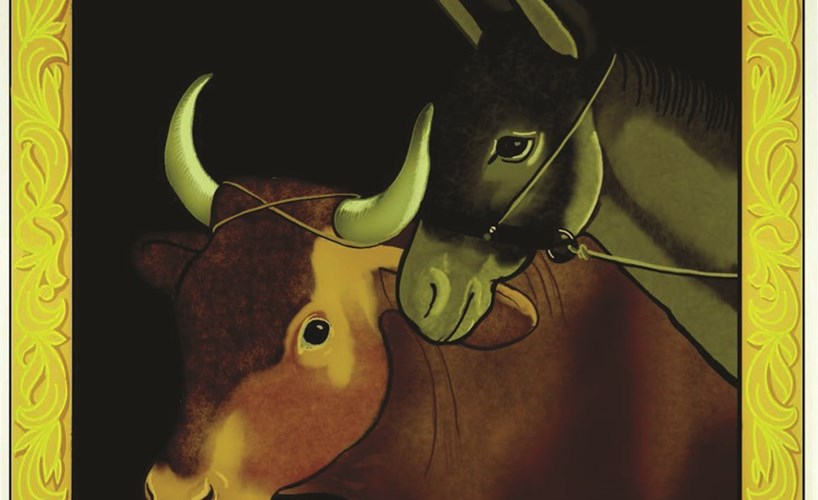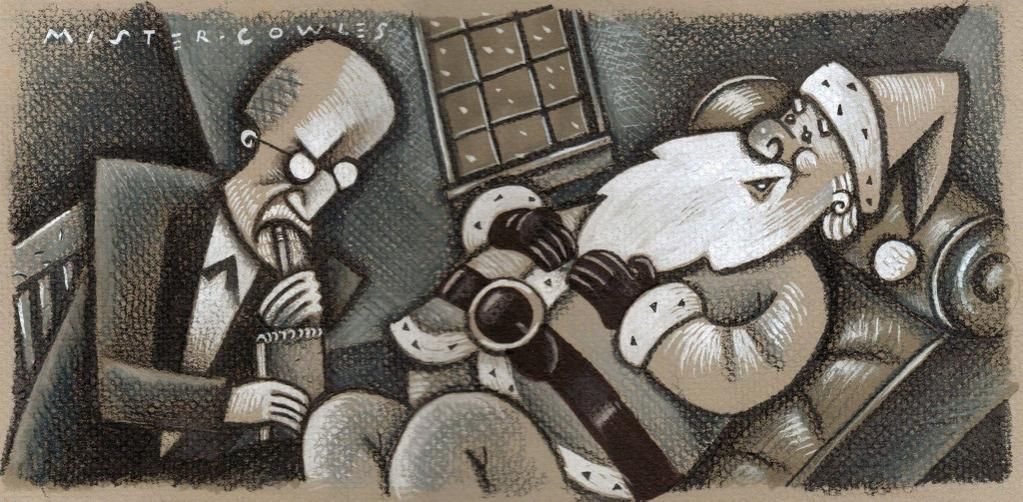In the sixteenth and seventeenth centuries an often-heard complaint was that Christmas charity was becoming less frequent, that the rich aristocratic and gentry families who at one time had feasted their tenants at Christmas were now abandoning their estates for the bright lights of London. The result was that the poor were suffering. Here are the beginning verses of a 1624 ballad protesting that change. The balladeer had the English monarchy on his side as both Elizabeth I and James I commanded wealthy landowners to remain in their manor during Yuletide.
A Song Bewailing theTime of Christmas , So Much Decayed in England
Christmas is my name, for have I gone, have I gone, have I gone,
Have I gone without regard;
Whereas great men by flocks they be flown to Londonward
Where in pomp and pleasure do waste
That which Christmas had wont to feast,
Welladay!
Houses where music was wonted to ring,
Nothing but bats and owls now do sing.
Welladay, welladay, welladay, where should I stay?
Christmas bread and beef is turned into stones, into stones, into stones,
Into stones and silken rags.
And Lady Money, it doth sleep, it doth sleep, it doth sleep,
It doth sleep in misers’ bags.
Where many gallants once abound,
Nought but a dog and shepherd is found,
Welladay!
Places where Christmas revels did keep
Are now become habitations for sheep.
Welladay, welladay, welladay, where should I stay?
Pan, the shepherds’ god, doth deface, doth deface, doth deface,
Doth deface Lady Ceres’ crown;
And tillages doth decay, doth decay, doth decay,
Doth decay in every town;
Landlords their rents so highly enhance
That Piers the ploughman barefoot doth dance,
Welladay!
Farmers that Christmas would entertain
Hath scarcely withal themselves to maintain.
Welladay, welladay, welladay, where should I stay?








